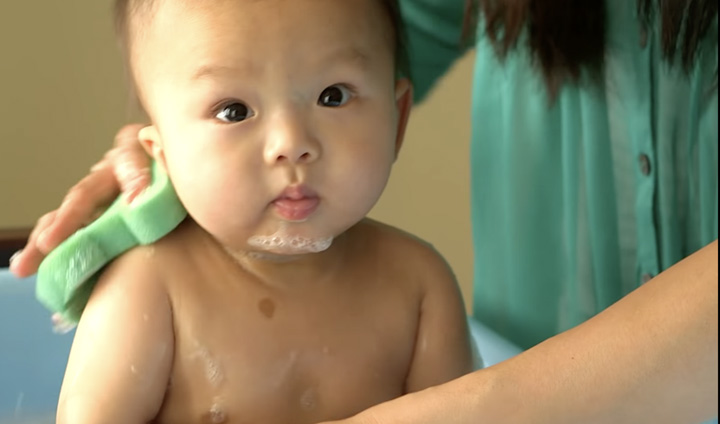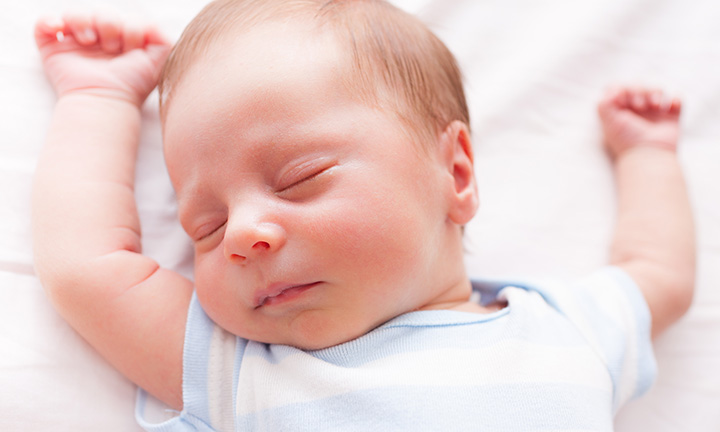
Taking Care of Your Newborn’s Umbilical Cord


Umbilical cord care is a key part of newborn hygiene that helps prevent infection and promotes healthy healing. After birth, the umbilical cord is cut, leaving a small stump on your baby’s belly. This stump typically dries and falls off naturally within 1 to 3 weeks.
To care for it properly:
Watch for signs of infection, such as redness, swelling, pus, foul odor, or persistent bleeding around your newborn’s umbilical cord stump and belly button area. Contact your healthcare provider if the stump hasn’t fallen off after 3 weeks or if your baby shows signs of illness. Understanding these basics of umbilical cord care sets the stage for confident newborn care. Let’s explore each step in more detail below.
What Is the Umbilical Cord?
The function and purpose of the umbilical cord during pregnancy is to deliver nutrients and oxygen to your baby in the uterus. It’s a tube-like structure that connects from the placenta to your baby. It consists of one vein that carries food and oxygen to your baby from the placenta, while the umbilical cord arteries carry waste away from your baby.
So, when does the umbilical cord form? It typically forms during the first trimester of pregnancy.
Soon after your baby is born, the cord is clamped and cut. Your baby won't feel this as the umbilical cord has no nerves in it. The American College of Obstetricians and Gynecologists now recommends waiting at least 30 to 60 seconds before clamping the umbilical cord. This may help increase your baby's hemoglobin levels at birth and enhance iron stores during the first few months of life.
The clamp is usually kept in place for 24 to 48 hours. It's taken off once the leftover cord is dry and not bleeding anymore.
Once the clamp is removed, what will remain on your little one's belly is a small stump. As the umbilical cord stump dries, shrivels, and hardens, it will go from a yellow color to a brownish-black color.
When Does the Umbilical Cord Stump Fall Off?
A common question from new parents is, “How long does the umbilical cord stump take to fall off?” It usually falls off within a few weeks of your baby's birth. Contact your baby's healthcare provider if it hasn't fallen off after 3 weeks.
In some cases, there may be an underlying medical condition that’s causing the umbilical cord stump not to fall off.
Umbilical Cord Healing Process and Stages
As we mentioned above, once the clamp is removed from the umbilical cord, a small stump will remain attached to your baby’s belly button.
The stump will dry up and shrink before it falls off naturally. You will likely see it change color from yellowish to brown or black as it shrinks.
So, after the stump falls off, how long does a baby’s belly button take to heal inside? When this occurs, the skin underneath will likely be healed. Sometimes, the skin may be a little raw, and you might notice a few drops of blood. This is completely normal. If it’s actively bleeding, contact your healthcare provider.
Continue to keep your little one’s belly button dry and clean, including if it's an outie belly button, and it should soon heal completely. Contact your healthcare provider if it hasn't healed within two weeks of the stump falling off or if you notice any of the signs of infection listed in our section below.
Take a look at our visual below to see the umbilical cord stump healing process and the stages before you get to see your newborn’s cute little belly button.
Signs of an Infected Umbilical Cord Stump
Wondering how to distinguish between a normal vs. an infected umbilical cord stump? With the right care, it’s unlikely your baby’s umbilical cord stump will become infected, but if you notice any of these signs of infection, contact your baby’s healthcare provider.
These are some of the signs of an infected umbilical cord:
It’s normal to see crusted discharge, dried blood, or a little bleeding when the umbilical cord stump falls off. Bleeding is not necessarily a sign that your newborn's belly button is infected, but if your baby's umbilical cord area continues to bleed, ask your child's healthcare provider for advice.
How to Care for and Clean the Umbilical Cord Stump
The key is to keep the stump area clean and dry. It might be most convenient to clean your little one’s stump when you change their diaper or bathe them.
Here are some umbilical cord care tips to follow:
Reach out to your baby's healthcare provider if you’re concerned about the shape of your baby’s belly button or if you suspect your little one may have a condition like an umbilical hernia.
Changing Your Baby's Diaper and Protecting the Umbilical Cord Stump
When changing your newborn’s diaper, keep in mind that in these first few weeks, you'll need to be extra careful to protect the umbilical cord stump area.
Knowing how to change a newborn's diaper with an umbilical cord involves a few extra steps to ensure the stump stays clean and dry. If the cord stump hasn't fallen off yet, you can fold the diaper down for the umbilical cord to prevent it from rubbing against the stump. Alternatively, use diapers designed with an umbilical cord notch, such as Pampers Swaddlers. This notch is specifically designed to accommodate the cord stump and protect your newborn’s belly.
Understanding how to put a diaper on with an umbilical cord will help you keep your baby comfortable and promote healing.
Follow the rest of the umbilical cord care tips listed above. Again, you may like to use diaper changes as a time to gently clean the skin around the stump with a wet swab or cotton ball.
To find the perfect diaper size for your little one, take our short quiz below:
When to Contact Your Healthcare Provider
Contact your baby’s healthcare provider if the umbilical cord stump has not fallen off after 3 weeks, you notice active bleeding (more than a few drops), your baby develops a fever, or if you notice signs of infection, such as yellow pus or discharge, a foul smell from the area, or swelling and redness.
There are also two conditions associated with the umbilical cord or navel area. Chat with your healthcare provider if you think your baby may have either of these:
FAQS AT A GLANCE
Keep the umbilical stump clean and dry, allowing it to fall off naturally. Use diapers with an umbilical cord notch, like Pampers Swaddlers, to avoid irritation and exposure to urine. Avoid pulling the umbilical cord stump off, even if it looks loose.
The Bottom Line
Within a few weeks after your baby is born, what remains of the umbilical cord will fall off to reveal your baby's cute little belly button. It's a reminder of how far your little one has come in just a short time.
As you go about carefully changing your newborn's diapers, know that you could be getting and discounts for all that you're doing. Download the Pampers Rewards app to get started.
- American Academy of Pediatrics. Caring for Your Baby and Young Child: Birth to Age 5, 7th ed. (New York: Bantam Books, 2019).
- ACOG: Delayed Umbilical Cord Clamping After Birth
- Cleveland Clinic: Umbilical Cord
- Healthy Children: Umbilical Cord Care
- Kids Health: A Guide for First-Time Parents
- Mayo Clinic: Umbilical Cord Care: Do's and Don'ts for Parents
Read more about Baby
Related Articles
Join a World of Support
through Pregnancy and Parenthood.
TRACK WITH TOOLS
LEARN WITH EXPERTS
GET REWARDED











